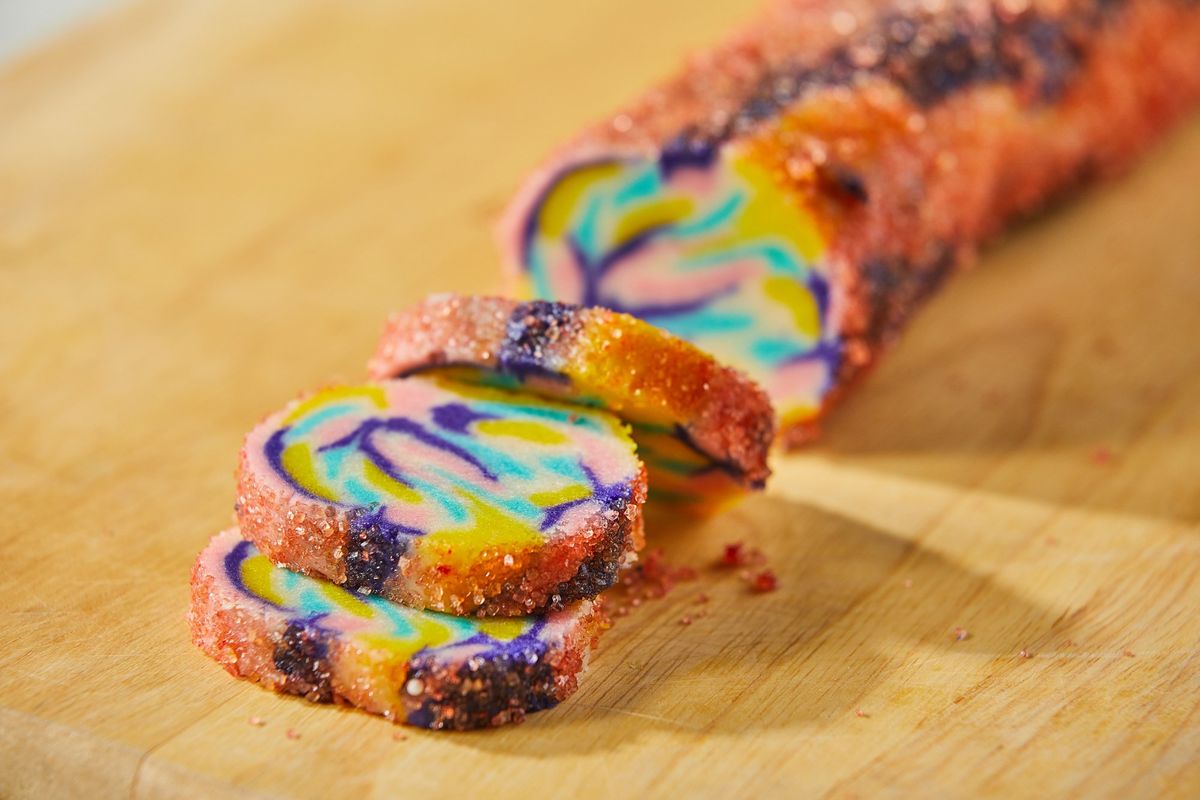5 cookie baking tips for better batches every time

No matter how many cookie recipes I test, I always learn something, either from the recipe developers or from my own kitchen adventures. This year, I picked up even more from some of the new cookbooks that crossed my desk, including several very good ones devoted to cookies.
Here’s a roundup of my favorite tips from those volumes, as well as a few general baking books.
Keep track of your ingredients: Cookie ingredients need to be added in a specific order, often in groups of several at a time, for the best results. In “All About Cookies,” Christina Tosi says the Milk Bar kitchen sticks a piece of painter’s tape next to the recipe so the ingredients can be checked off as they are added. That way, the recipe or book doesn’t get marked up, and the tape can be removed after baking.
Preserve the shape of your dough log: We love the convenience and ease of a slice-and-bake cookie, but it’s easy to end up with flattened sides or uneven shapes. To maintain the round shape, “spin the log either toward or away from you after each cut to prevent the bottom from flattening with the pressure from the knife,” Chris Taylor and Paul Arguin suggest in “Fabulous Modern Cookies.” Keeping logs between 1 and 2½ inches in diameter also makes for easier slicing.
Try superfine sugar: If you’re looking for a finer texture and extra lightness in your cookies, consider swapping in superfine sugar for granulated. The smaller crystals of superfine sugar, also known as caster sugar, trap more air when the sugar and butter are beaten together during creaming, Rose Levy Beranbaum says in “The Cookie Bible.” The finer sugar also means the dough is less likely to crack during baking. For cookies rolled in sugar before baking, superfine provides a delicate, even coating. If you can’t find it on shelves or don’t want to buy it, just process granulated sugar in the food processor until it’s more finely ground (if you go too far, you’ll end up with something more like confectioners’ sugar). And if you’re substituting superfine for granulated, be sure you are doing so by weight, not volume.
Tweak recipes carefully: I’ve written about why you should tread carefully when reducing sugar in baking, but if you want to try that in a cookie recipe, you should be able to cut it by 10 percent without affecting the final result much, says “The King Arthur Baking School” cookbook. For those interested in whole grains, King Arthur suggests starting by replacing 25 percent of the all-purpose flour with whole-grain flour. Because whole grains absorb more water, add 15 grams (about 1 tablespoon) of liquid for every 120 grams of all-purpose flour you replace. Or reduce the amount of flour by 5%, if there’s no liquid in the recipe.
One last tip: give doughs with whole grains a 20-minute rest after mixing to let the flours hydrate. If the 25% flour swap is successful, go ahead and continue to increase in small increments.
Add some simple pizazz: Decorating after baking often involves some kind of icing or a glaze. That’s not the only option, though.
If you want to zhuzh up plain cookies, lightly brush the baked and cooled treats with corn syrup in any pattern you want, advises Jacquelyn Parkes in “The ‘I Love Cookies’ Recipe Book.” Sprinkle on a colored sanding sugar, which should stick to the corn syrup pattern.